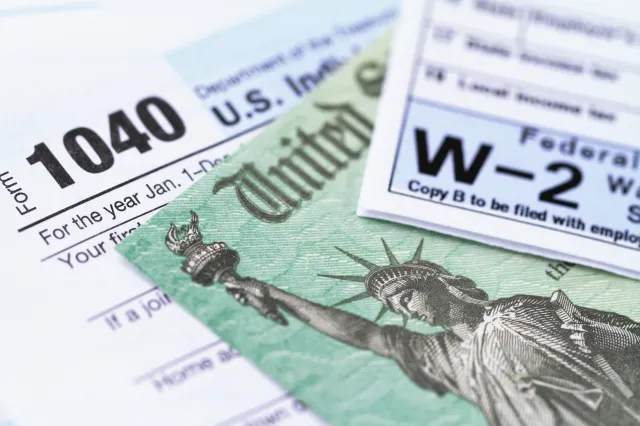A large number of Americans are still unaware of their eligibility for Social Security payments or the Child Tax Credit (CTC). If you’re still not sure, you can be assured that you are going to eligible to collect both Social Security and the CTC payments if you qualify for both. Keep in mind that while Social Security benefits are usually sent out on the second Wednesday of each month, the Child Tax Credit (CTC) is going to be payable in installments from July through December.
For guardians and parents of children under the age of 17, there is a tax credit known as the Child Tax Credit. There are no income restrictions on this tax, so the credit amount is entirely controlled by the quantity of children and family income.

Yet, the credit amount can be decreased if your income rises above a particular level. The phase-out starts at $200,000 for married people filing jointly in 2023, and it goes up to $100,000 for every other taxpayers.
In contrast, Social Security benefits are disbursed to retirees, disabled employees, and surviving employees of deceased employees. The amount of money that can be earned through Social Security payments is unlimited. On the other hand, your benefit payment might be cut if your income exceeds a specific threshold. For 2023, the upper earnings limit is $19,560 for individuals under 66 and $51,960 for those over 66.
How to file a Child Tax Credit claim
If you are eligible for the Child Tax Credit (CTC) and you have kids or other eligible relatives living with you, this is a helpful tax credit. In order to receive financial support, don’t forget to list all of your dependents on IRS Form 1040, which is the usual form for personal tax filings.
You must include a completed Schedule 8812 form to find out if you owe money on the advanced Child Tax Credit installments for 2021. In order to be eligible for CTC, candidates might have a kid that meets the criteria and is counted as a dependent for tax reasons.




